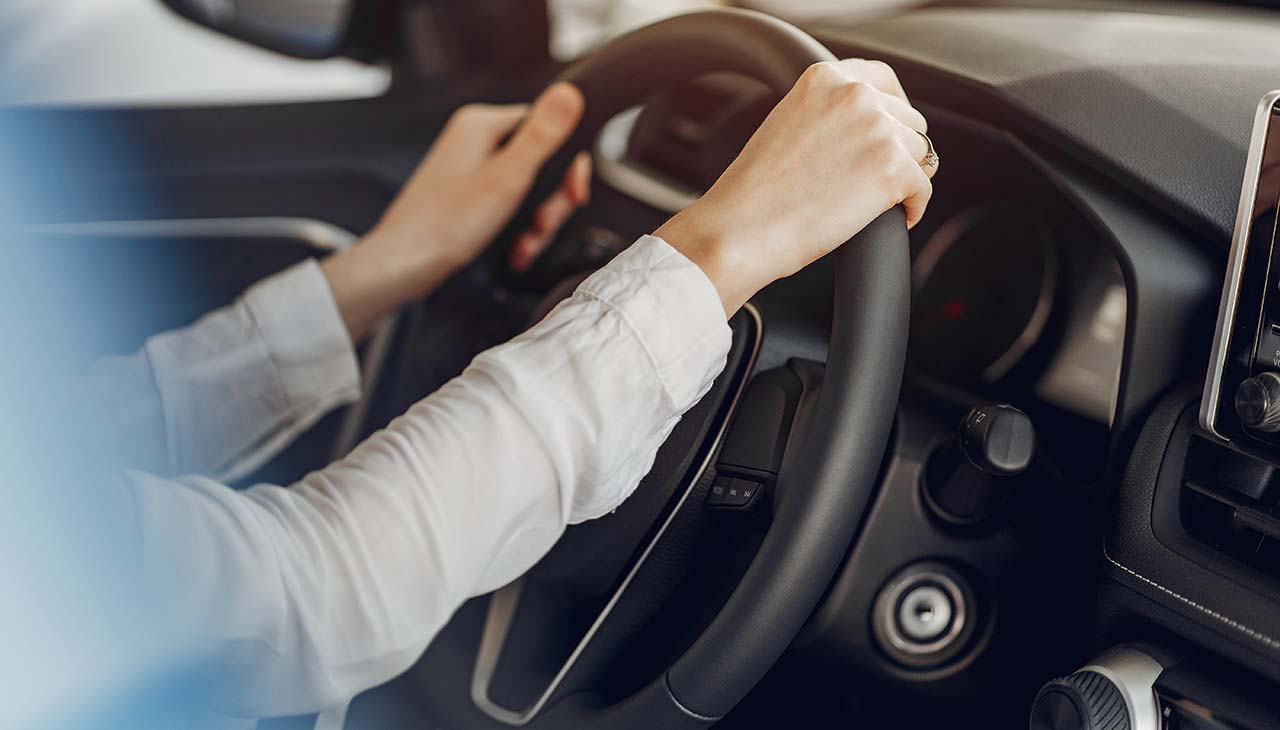Distracted driving has emerged as a critical concern in the realm of road safety, contributing significantly to accidents and fatalities worldwide. This phenomenon encompasses a range of activities that divert a driver’s attention away from the primary task of navigating the vehicle safely. From texting and calling to eating or even adjusting in-car systems while driving, distractions can severely impair a driver’s ability to react to road conditions or hazards. In this document, we aim to explore the causes and effects of distracted driving, offering insights and strategies to mitigate this pervasive issue, with the ultimate goal of fostering safer driving behaviors and reducing road mishaps.
Types of Distracted Driving
Distracted driving can be broadly categorized into three primary types, each impacting the driver’s ability to maintain focus and control.
- Visual distractions involve anything that draws the driver’s eyes away from the road. This can include looking at a navigation system, observing an accident on the side of the road, or glancing at a smartphone. Such distractions reduce the driver’s awareness of their surroundings, leading to a delayed reaction to any unforeseen hazards.
- Manual distractions occur when the driver takes one or both hands off the steering wheel to perform another task. Examples are eating, drinking, adjusting the radio or climate controls, or texting. This reduces the driver’s control over the vehicle, increasing the risk of losing control.
- Cognitive distractions are perhaps the most insidious, as they divert the driver’s mental focus from driving. Engaging in complex conversations, whether with passengers or through hands-free devices, or daydreaming, are typical examples. Even though the driver’s eyes may be on the road and hands on the wheel, their mind is not fully focused on the task of driving, which can be just as dangerous as the other types of distractions.
Common Distractions While Driving
The rise of technology and multitasking culture has introduced several common distractions that drivers encounter while on the road. These distractions not only compromise the safety of the driver but also of passengers, pedestrians, and other road users. Among the most prevalent are:
- Cell phone use: This includes texting, calling, or using apps. Despite numerous awareness campaigns and laws prohibiting cell phone use while driving, it remains a leading cause of distracted driving incidents.
- Eating and drinking: Many drivers try to save time by eating or drinking while driving. This not only diverts their physical control over the vehicle but also their attention, as spills or handling food can lead to momentary distractions.
- Adjusting music or GPS: Operating the radio, changing music tracks, or setting up navigation routes distracts the driver visually, manually, and cognitively, pulling their focus away from driving.
- Conversations with passengers: Engaging in discussions with other passengers can significantly reduce a driver’s attention to the road, especially if the conversations are intense or emotionally charged.
Dangers of Distracted Driving
The dangers of distracted driving are profound and multifaceted, impacting not only the driver but also pedestrians, passengers, and other motorists. The primary risk associated with distracted driving is the increased likelihood of accidents. These are not just minor fender-benders but can often be serious collisions resulting in significant injuries or even fatalities. The momentary lapse in attention that occurs when a driver is distracted is sufficient time for traffic conditions to change dramatically, leaving insufficient time to react to avoid an accident.
Furthermore, the legal consequences of distracted driving can be severe. Many jurisdictions have enacted laws specifically targeting distracted driving behaviors, including heavy fines, points on the driver’s license, and in some cases, even imprisonment, especially if the distraction leads to a road incident causing harm or death. Insurance premiums can also skyrocket following incidents linked to distracted driving, compounding the financial and legal ramifications. These measures underscore the critical importance of maintaining focus on the road at all times and highlight the broader societal efforts to combat the dangers of distracted driving.
Strategies to Prevent Distracted Driving
Preventing distracted driving requires a multifaceted approach, involving personal responsibility, technological solutions, and public awareness initiatives. Here are some effective strategies:
- Education and Awareness Campaigns: Raising awareness about the dangers of distracted driving is key to changing behaviors. Educational programs in schools, community centers, and through online platforms can help inform drivers of all ages about the risks associated with distracted driving and the importance of keeping their attention on the road.
- Hands-Free Technology: Encouraging the use of hands-free devices can significantly reduce manual and visual distractions. Voice-controlled systems, Bluetooth headsets, and in-car systems that allow drivers to make calls, send texts, and operate navigation without taking their hands off the wheel or eyes off the road can help mitigate the risk of distractions.
- Setting Up ‘Do Not Disturb While Driving’ Features: Many smartphones now have a ‘Do Not Disturb While Driving’ mode, which silences incoming calls, texts, and notifications while the vehicle is in motion. Enabling this feature can prevent the temptation to look at or respond to messages while driving.
- Pulling Over to Address Distractions: Encouraging drivers to pull over safely if they must attend to something urgent, such as making a phone call, sending a text message, or eating, can significantly decrease the risk of distracted driving incidents. It’s important to educate drivers that no message or task is worth the risk of an accident.
Adopting these strategies can dramatically reduce the occurrences of distracted driving and contribute to safer roads for everyone.
